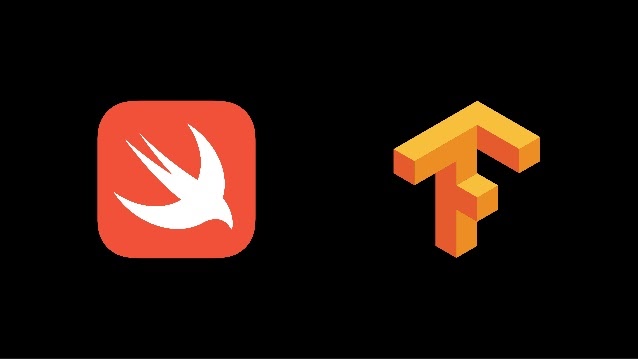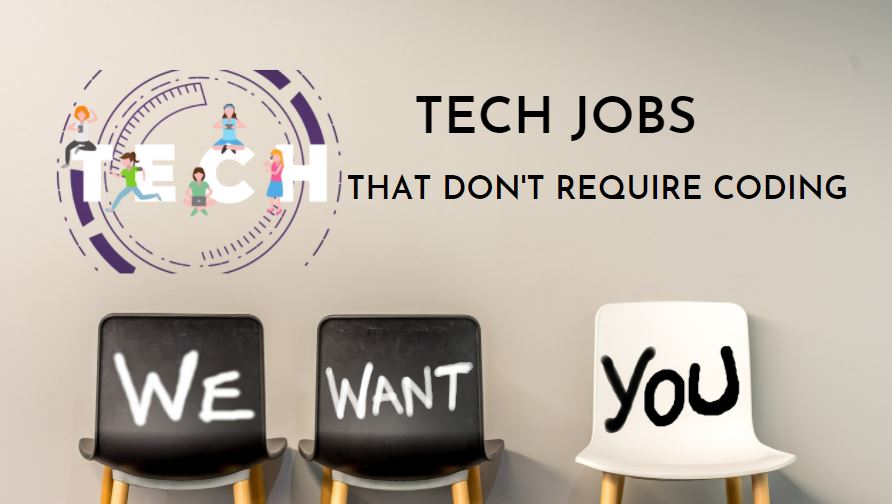Google pulls the plug on Swift for TensorFlow project
Swift for TensorFlow is a Google-led project that aims to integrate the machine learning library to Apple’s Swift language; which also includes language-differentiated programming for Swift.While TensorFlow is a popular framework for developing neural networks, and as a Google Brain's second generation system, the adoption has soared as the common platform for deep learning presents an easy to use environment and serves as a powerful contribution to the world of machine learning.But the project to integrate the TensorFlow machine learning library and Swift language is no longer actively developed, though some parts of the project such as the language-differentiated programming for Swift remains active.What are the accomplishments of Swift for TensorFlow? The proponents of Swift for TensorFlow which are developers involved in the project cited in the repo a number of accomplishments, including: the enablement of a novel research combining deep learning with graphical models for 3D motion tracking through the SwiftFusion project. And the addition of language-integrated differentiated programming into Swift, which is the part of the project that has remained in active development with the work continuing in the Swift compiler.Furthermore, there is the spinning off of multiple open-source efforts still in active development like PythonKit, which caters for Python interoperability with Swift, and swift-jupyter for using Swift within Jupyter notebooks, along with swift-benchmark, for the benchmarking of Swift code.What the Future holds for TensorFlow TensorFlow was developed and released by Google in 2015, as open-source project, which opens the door for everyone including: academicians, independent researchers, students, developers and even hackers.Google made available a version of TensorFlow for academic researchers with built-in binaries, and a version as API for developers, with the intent to build an active open-source community and through their contributions ensure improvements to the TensorFlow source code.However, the future appears to look bleak for TensorFlow as PyTorch has been luring away its users, with the Facebook-developed PyTorch preferred over TensorFlow because of ease of use as cited by PyTorch users.

Swift for TensorFlow is a Google-led project that aims to integrate the machine learning library to Apple’s Swift language; which also includes language-differentiated programming for Swift.
While TensorFlow is a popular framework for developing neural networks, and as Google Brain's second-generation system, the adoption has soared as the common platform for deep learning presents an easy-to-use environment and serves as a powerful contribution to the world of machine learning.
But the project to integrate the TensorFlow machine learning library and Swift language is no longer actively developed, though some parts of the project such as the language-differentiated programming for Swift remain active.
What are the accomplishments of Swift for TensorFlow?
The proponents of Swift for TensorFlow which are developers involved in the project cited in the repo a number of accomplishments, including the enablement of novel research combining deep learning with graphical models for 3D motion tracking through the SwiftFusion project.
And the addition of language-integrated differentiated programming into Swift, which is the part of the project that has remained in active development with the work continuing in the Swift compiler.
Furthermore, there is the spinning off of multiple open-source efforts still in active development like PythonKit, which caters for Python interoperability with Swift, and swift-jupyter for using Swift within Jupyter notebooks, along with swift-benchmark, for the benchmarking of Swift code.
What the Future holds for TensorFlow
TensorFlow was developed and released by Google in 2015, as an open-source project, which opens the door for everyone including academicians, independent researchers, students, developers, and even hackers.
Google made available a version of TensorFlow for academic researchers with built-in binaries, and a version as API for developers, with the intent to build an active open-source community and through their contributions ensure improvements to the TensorFlow source code.
However, the future appears to look bleak for TensorFlow as PyTorch has been luring away its users, with the Facebook-developed PyTorch preferred over TensorFlow because of ease of use as cited by PyTorch users.















































































































